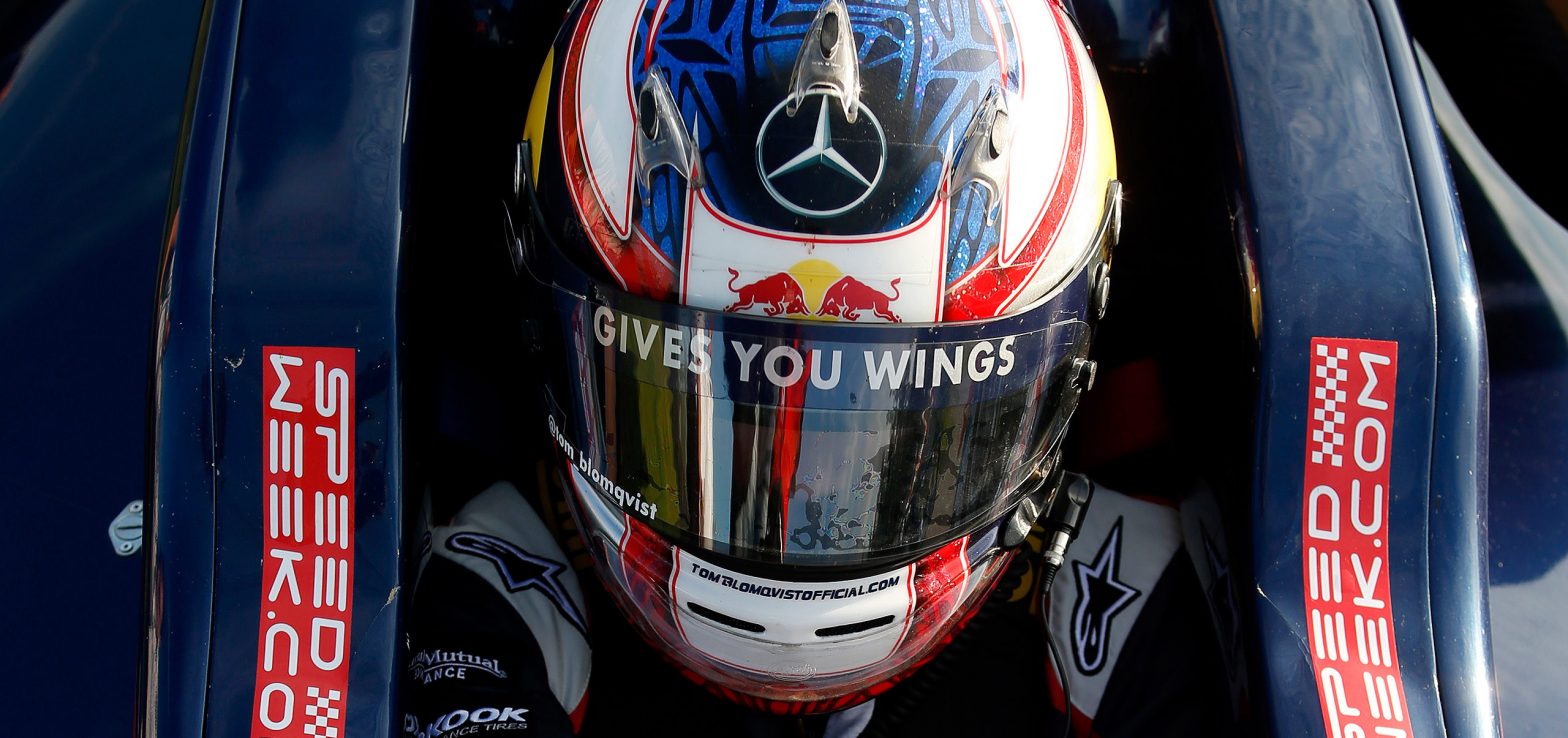By Chuck Hawks
No matter your experience level, you’ve likely heard—and heard again—one major theme in all types of driving: "Look up!" Every instructor and coach has those words etched in their memory just as much as their students and clients have.
Okay, so we’re supposed to be looking up… but what does that mean? And isn’t there more to it than that?
The answer is a simple "yes," but the activity is not quite as simple. This is definitely one of those back-to-basics topics for experienced drivers, of which we all need to be reminded.
We’re dealing with human nature here and our tendency is to track and focus on the nearest threat—it’s what kept us from being eaten when we were considered fair game to the rest of the animal kingdom. So what are we really supposed to be doing with our eyes during all this looking up, and when is it okay not to be looking up?
Well, first of all, it’s important to note that there is a difference between our focused and peripheral vision and how each one is processed in our brain. Years ago, scientific studies confirmed that peripheral vision is processed exponentially faster than focused vision. If you’ve ever had an instructor or coach reference the term "soft eyes" then you know what I’m talking about. "Soft eyes" refers to what happens when we minimize our focused area within our perceived visual field. When we do this, we’re allocating most of our attention (both mentally and physically) to that peripheral vision phenomenon. This allows us to process, respond to, and even predict what is or will happen within our visual field much more quickly.
What we actually focus on gets processed much more slowly because there are other areas of the brain involved in analyzing that information and making determinations about what, if anything, we should do with it—or about it. I like to say (and I know I’m dating myself) that a 486DX2 processor processes our focused vision while our peripheral vision gets a Cray supercomputer to process it.
The idea here is to minimize the area within our visual field that is actually totally in-focus (and being processed in such detail), allowing us to respond much more quickly and intuitively to that which we see overall.
So now that we know we should be leveraging peripheral vision, where should we focus? Well, that depends… If we’re looking up as far ahead as possible, once we get there what do we do? The answer: Keep those eyes moving!
I call stationary eyes "lazy eyes" and lazy eyes will get us into trouble. This usually means our eyes have stopped moving and have locked onto something (target fixation). While it might work for us for a second or two, it won’t last long (and trying to recover from the error is usually not far behind!).


